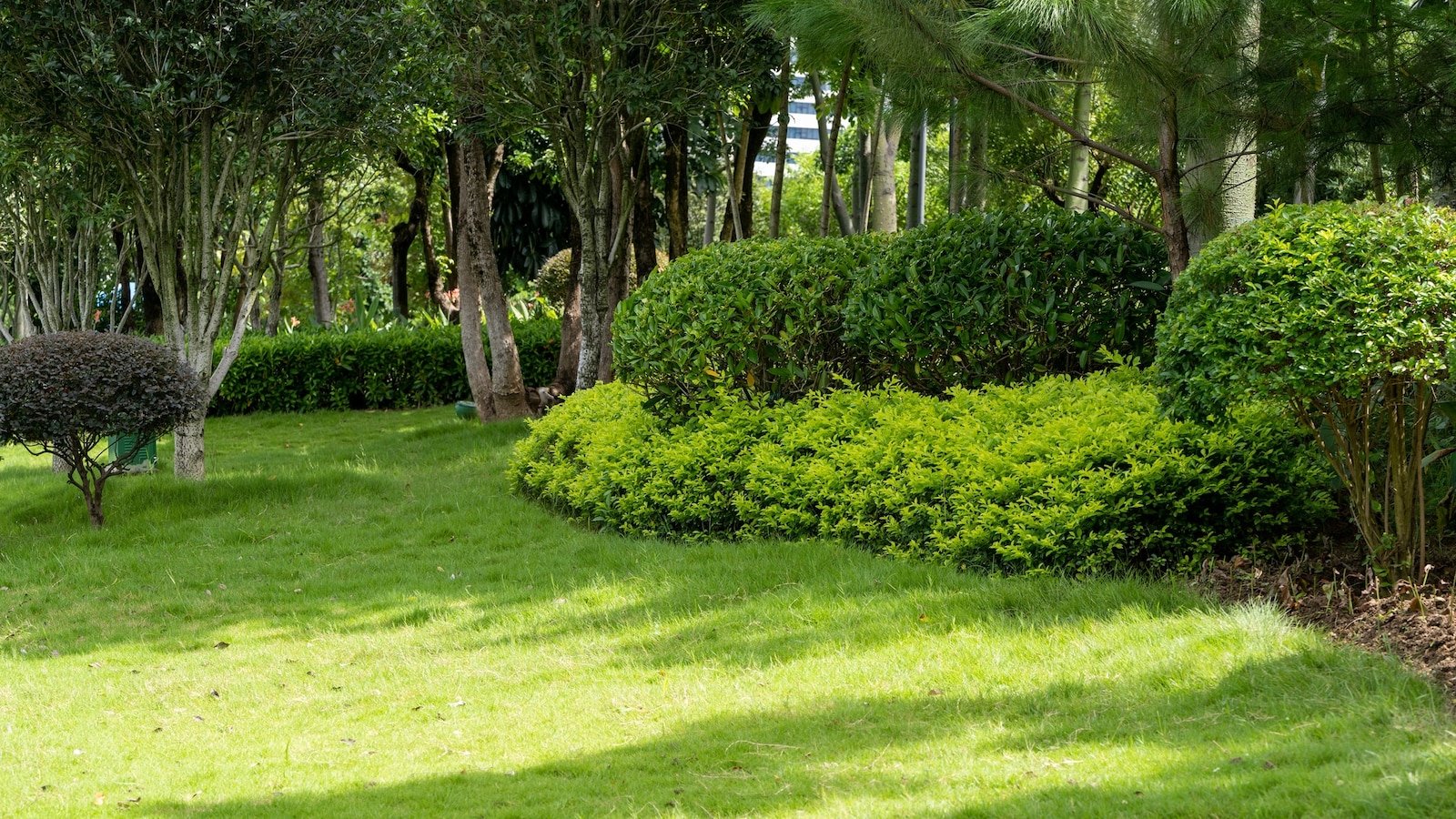- cross-posted to:
- nolawns@slrpnk.net
- cross-posted to:
- nolawns@slrpnk.net
The days of the perfect-looking yard – often lawns that guzzle copious amounts of water to stay green – may soon be gone.
Homeowners are increasingly opting to “re-wilding” their homes, incorporating native plants and decreasing the amount of lawn care to make their properties more sustainable and encourage natural ecosystems to recover, according to Plan It Wild, a New York-based native landscape design company.
About 30% of the water an average American family consumes is used for the outdoors, including activities such as watering lawns and gardens, according to the U.S. Environmental Protection Agency. In the West, where water is absorbed almost immediately by the sun or thirsty vegetation, outdoor water usage can increase to an average of 60% for the average family.
As concerns for the environment – as well as increasing utility bills – grow, so do homeowners’ preferences for how they decorate their yards.



I’ve spent the past few summers desperately trying to claw my lawn back from invasives. When we first bought our house I didn’t want to remove anything until after a year to see what everything was, because I knew nothing about plants. I planted some natives in bare locations, but didn’t realize just how crazy some of the vines and invasive species would be in claiming space.
I have an app on my phone for identifying plants. A few years ago, every ID said invasive from Asia or Europe. I cannot tell you how satisfying it is to see some native grasses and wildflowers finally taking hold in the areas that used to be Japanese Honeysuckle or pokeweed. But it was backbreaking, miserable work and I commend anyone who is fighting this fight.
What app do you use? I’ve been getting by with Google Lens but I’d love a more focused option.
iNaturalist, as far as I know it is free or at least I have the free version and haven’t been limited in the number of IDs I can request. They also have a feature where the IDs can be verified by other users to get more specific than the automated photo identification. And let me tell you, there are some plant/bug nerds that browse the app!
Not all exotics (those not from the Americas) would be considered invasive (those that threaten an area). Most weeds are really good at conditioning the soil and if left to decompose on the locations they grew can be great at building the soil. Pulling anything without putting something to replace it is a fools errand. Also everything that is exotic isn’t bad. White clover is European in origin and a great grass replacement. Also note that some common weeds such as the dandelion are listed as European in origin but there is significant evidence it was all present in North America.
Also make sure you keep some exotics to support the exotic bees such as the honey bee which are from Europe. If you live in an urban or semi-urban environment this is basically a new biome and will need to be treated as such. a Nice mix of things that play well together and are function for you is the best method
Yes, that’s why I didn’t want to rip and tear everything out the first year. Unfortunately, the previous owner of my home allowed a lot of very invasive things to grow like the Japanese Honeysuckle and tree of heaven. There is also pokeweed, which is native to the Southern US but is a nightmare plant that the Spotted Lantern Flies (another invasive killing trees) absolutely love so I have to dig those out.
My previous post made it sound like I am removing everything that isn’t hyper local, but I don’t have the time or energy for that. Would just settle for the aggressive things to finally die.
Tree of Heaven can go to Hell!!!